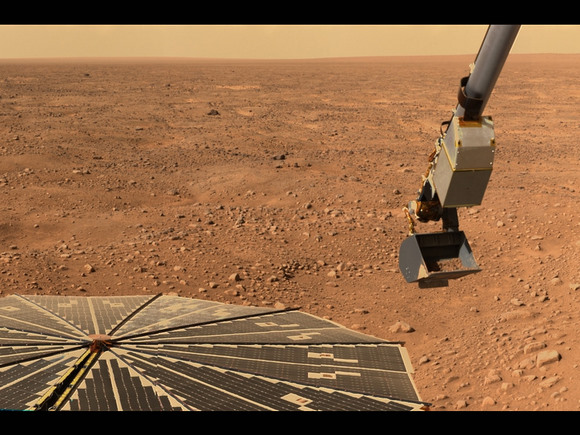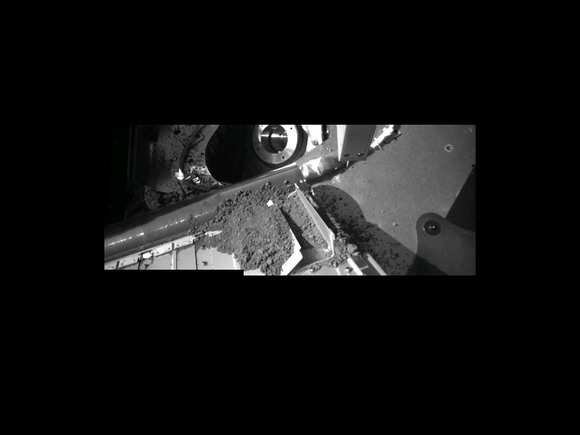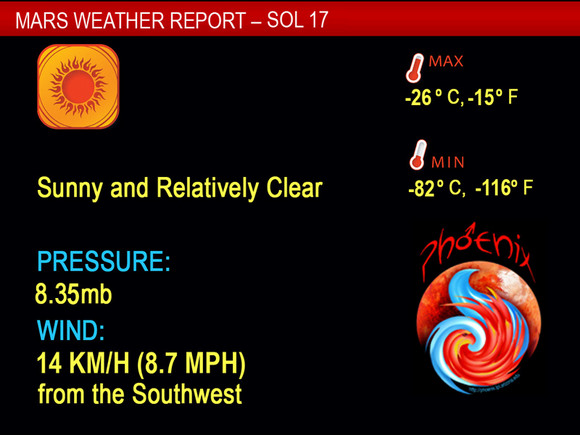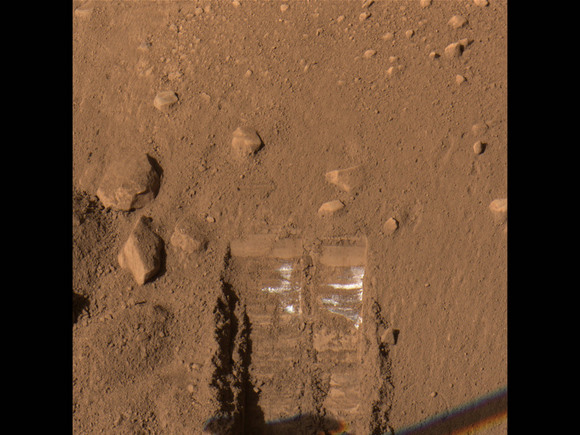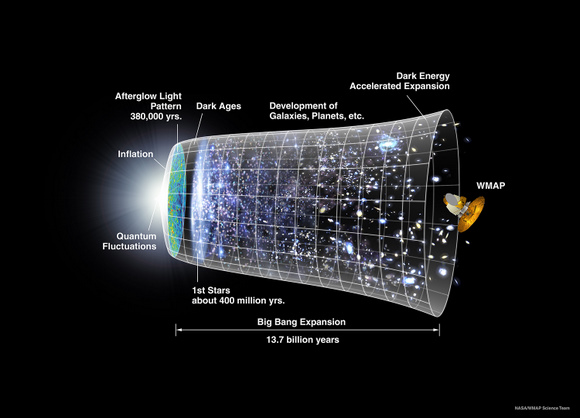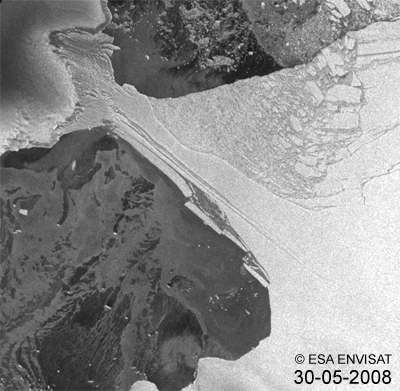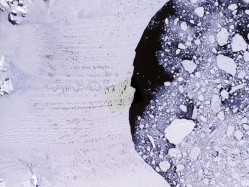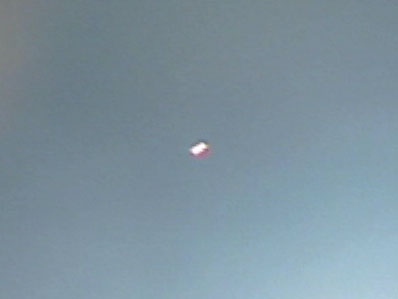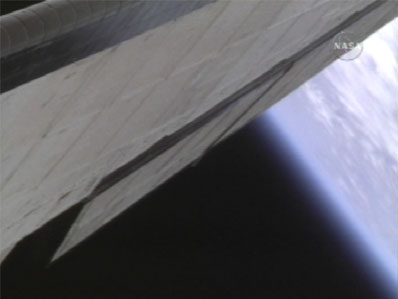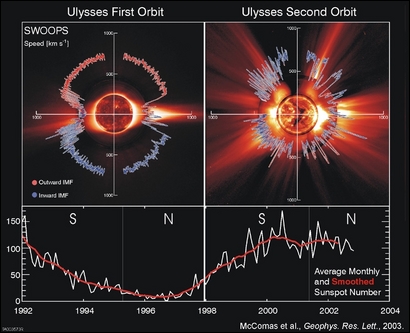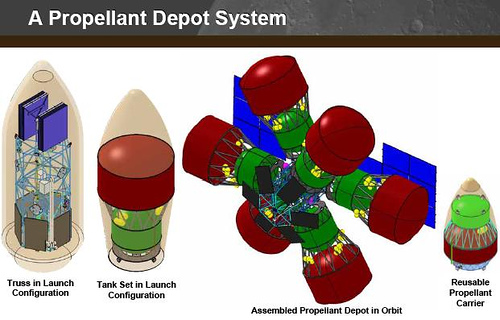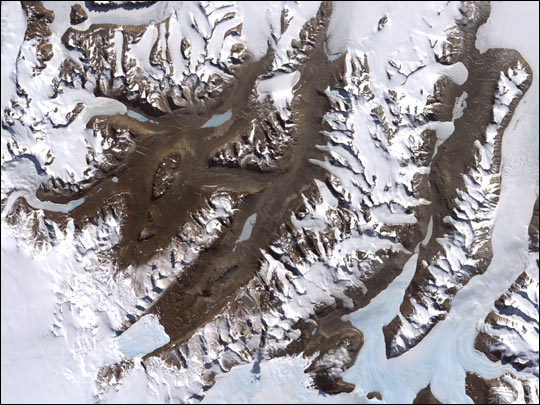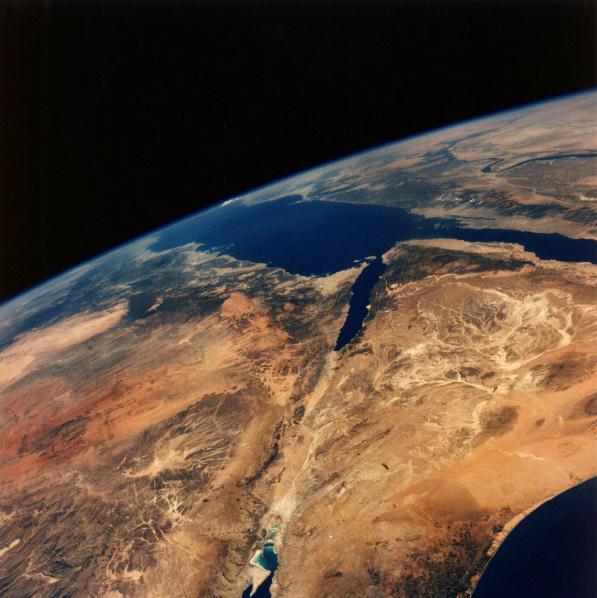What happened before the Big Bang? The conventional answer to that question is usually, “There is no such thing as ‘before the Big Bang.'” That’s the event that started it all. But the right answer, says physicist Sean Carroll, is, “We just don’t know.” Carroll, as well as many other physicists and cosmologists have begun to consider the possibility of time before the Big Bang, as well as alternative theories of how our universe came to be. Carroll discussed this type of “speculative research” during a talk at the American Astronomical Society Meeting last week in St. Louis, Missouri.
“This is an interesting time to be a cosmologist,” Carroll said. “We are both blessed and cursed. It’s a golden age, but the problem is that the model we have of the universe makes no sense.”
First, there’s an inventory problem, where 95% of the universe is unaccounted for. Cosmologists seemingly have solved that problem by concocting dark matter and dark energy. But because we have “created” matter to fit the data doesn’t mean we understand the nature of the universe.
Another big surprise about our universe comes from actual data from the WMAP (Wilkinson Microwave Anisotropy Probe) spacecraft which has been studying the Cosmic Microwave Background (CMB) the “echo” of the Big Bang.
“The WMAP snapshot of how the early universe looked shows it to be hot, dense and smooth [low entropy] over a wide region of space,” said Carroll. “We don’t understand why that is the case. That’s an even bigger surprise than the inventory problem. Our universe just doesn’t look natural.” Carroll said states of low-entropy are rare, plus of all the possible initial conditions that could have evolved into a universe like ours, the overwhelming majority have much higher entropy, not lower.
But the single most surprising phenomenon about the universe, said Carroll, is that things change. And it all happens in a consistent direction from past to future, throughout the universe.
“It’s called the arrow of time,” said Carroll. This arrow of time comes from the second law of thermodynamics, which invokes entropy. The law states that invariably, closed systems move from order to disorder over time. This law is fundamental to physics and astronomy.
One of the big questions about the initial conditions of the universe is why did entropy start out so low? “And low entropy near the Big Bang is responsible for everything about the arrow of time” said Carroll. “Life and death, memory, the flow of time.” Events happen in order and can’t be reversed.
“Every time you break an egg or spill a glass of water you’re doing observational cosmology,” Carroll said.
Therefore, in order to answer our questions about the universe and the arrow of time, we might need to consider what happened before the Big Bang.
Carroll insisted these are important issues to think about. “This is not just recreational theology,” he said. “We want a story of the universe that makes sense. When we have things that seem surprising, we look for an underlying mechanism that makes what was a puzzle understandable. The low entropy universe is clue to something and we should work to find it.”
Right now we don’t have a good model of the universe, and current theories don’t answer the questions. Classical general relativity predicts the universe began with a singularity, but it can’t prove anything until after the Big Bang.
Inflation theory, which proposes a period of extremely rapid (exponential) expansion of the universe during its first few moments, is no help, Carroll said. “It just makes the entropy problem worse. Inflation requires a theory of initial conditions.”
There are other models out there, too, but Carroll proposed, and seemed to favor the idea of multi-universes that keep creating “baby” universes. “Our observable universe might not be the whole story,” he said. “If we are part of a bigger multiverse, there is no maximal-entropy equilibrium state and entropy is produced via creation of universes like our own.”
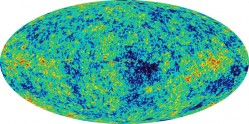
Carroll also discussed new research he and a team of physicists have done, looking at, again, results from WMAP. Carroll and his team say the data shows the universe is “lopsided.”
Measurements from WMAP show that the fluctuations in the microwave background are about 10% stronger on one side of the sky than on the other.
An explanation for this “heavy-on-one-side universe” would be if these fluctuations represented a structure left over from the universe that produced our universe.
Carroll said all of this would be helped by a better understanding of quantum gravity. “Quantum fluctuations can produce new universes. If thermal fluctuation in a quiet space can lead to baby universes, they would have their own entropy and could go on creating universes.”
Granted, — and Carroll stressed this point — any research on these topics is generally considered speculation at this time. “None of this is firmly established stuff,” he said. “I would bet even money that this is wrong. But hopefully I’ll be able to come back in 10 years and tell you that we’ve figured it all out.”
Admittedly, as writer, trying to encapsulate Carroll’s talk and ideas into a short article surely doesn’t do them justice. Check out Carroll’s take on these notions and more at his blog, Cosmic Variance. Also, read a great summary of Carroll’s talk, written by Chris Lintott for the BBC. I’ve been mulling over Carroll’s talk for more than a week now, and contemplating the beginnings of time — and even that there might be time before time — has made for an interesting and captivating week. Whether that time has brought me forward or backward in my understanding remains to be seen!

